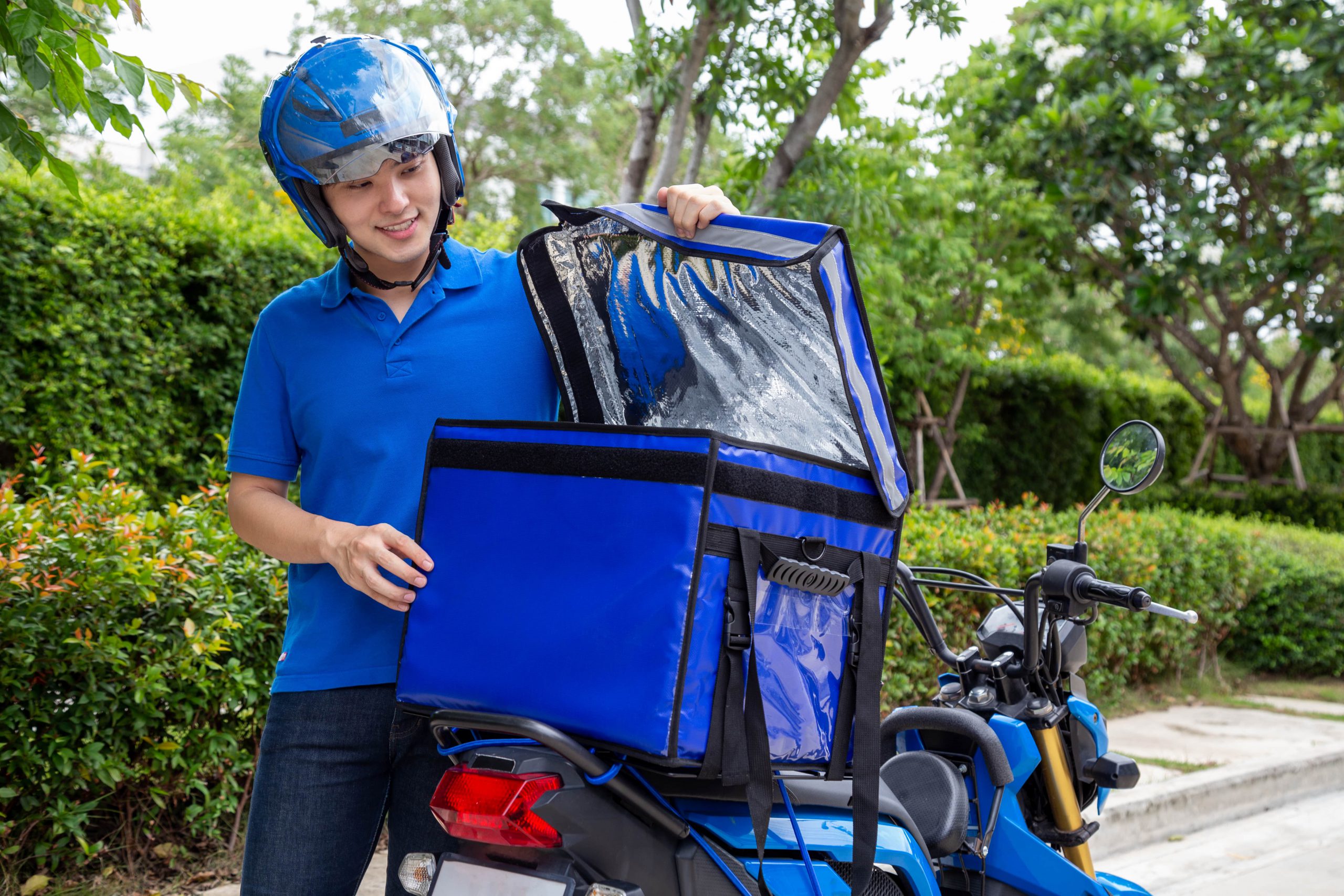The rapid advancements in technology are taking the entire world by storm. Be it Tesla Roadster, the electronic space car by Elon Musk’s company or self-driving cars by Uber or Amazon’s ambitious mission to send people to Mars via its space company Blue Origin, there is so much to look forward to. One of these impressive developments would definitely be drones. Traveling at a speed of up to 100 mph, these quadcopters can deliver any package at a considerably faster speed than human drivers.
In addition to e-commerce companies, the usage of drones is gaining popularity in other areas as well. Farmers are using them to survey their crops, search and rescue teams use drones to track missing mountaineers, photographers use them to take surreal visually pleasing pictures and so on. The use of drones for
delivery jobs such as packages and food items has already been tested by several companies. They believe this technology to be time-saving, cost-effective and reliable. This leads us to a very important question
Will drones soon replace human jobs?
Before we answer this question, let’s have a look at the wide testing of drones being carried out by some top companies in the world.
Amazon
It was in the year 2013 that Jeff Bezos, CEO of Amazon, claimed that his company would soon start delivering packages via drones. He said in an interview to 60 minutes magazine, “I know this looks like science fiction. It’s not.” Federal law in the USA at that time restricted the flying of commercial drones and thus, people dismissed this declaration mostly as a popularity gimmick. 6 years later and Amazon has successfully launched a drone delivery system, Prime Air, to deliver packages to customers in “30 minutes or less”.
A report by ARK invest shows that this system would cost Amazon per delivery only 88 cents. Let that sink in! 88 cents. That amount is significantly less than what Amazon is currently spending on delivery. Once the drone delivery system is formally adopted, it would be in no time that the company would be able to recover its investment in the drone system’s R&D and infrastructure.
UPS
Ups tested its first drone in 2017 which could fly independently for 30 minutes and could carry packages with a weight capacity of 10 pounds. The recharge of the drone is done on the roof of an electric vehicle where it is docked. The UPS drivers would use their dashboard to track the delivery path and load packages.
Walmart
Walmart entered into the drone delivery game in 2015 soon after Amazon. The company’s spokesperson, Dan Topprek, said in a statement, “There is a Walmart within five miles of 70% of the U.S. population, which creates some unique and interesting possibilities for serving customers with drones”.
Uber
Uber is all set to launch a drone delivery system for Ubereats. Eats is a crucial business segment for Uber, one that is showing more growth and popularity than its core business of ride-hailing services. Launch of drone delivery system by the company will help grab more business and reduce its operating cost significantly.
So with such huge adaptation of drones by small and big companies alike, are the jobs of delivery drivers at stake? Not anytime soon. We know that the logistics providers are eagerly waiting for official rolling out of drone delivery so that the time and cost of deliveries are reduced, but hear us out!
Drones come with their own set of limitations, hence replacing jobs in entirety is not possible for a long time. Delivery by drones is absolutely faster than normal delivery by drivers as it doesn’t have to navigate the traffic as we humans have to. But these drones are not perfect. They come with drawbacks that we don’t experience with normal drivers and unless these drawbacks are meted out, global adoption of drones is not possible.
Limitations of drones
Can only travel for a small distance – Currently, the drone prototypes by the companies generally can carry just one package, and after making its delivery, the drone has to fly all the way back to its recharge base to charge its batteries and pick up the next package. If we compare that to the current manned delivery trucks, the performance doesn’t match. Normally, A delivery vehicle from UPS makes
120 stops a day on average to deliver several packages a day.
Can only carry lightweight packages – The drones currently can carry packages only up to the weight limit of around 5 pounds, and that too only one package at a time. Thus, heavier and bigger delivery items are a no-go for this system and we need drivers to carry them.
Noisy – Drones are noisy, they create this whirring sound which is honestly, annoying. So even if this loud noise might be acceptable to the person accepting the delivery, it might not go so well with his neighbors. This could lead to homeowners’ associations altogether banning the use of drones for their neighborhood to keep peace and avoid conflicts.
Legal constraints – One can’t just put an unmanned flying vehicle in the air with a 5-pound package and just leave it be. Companies need certain clearances to fly their drones and while few countries are fine with it, like the UK where Amazon is currently testing its drones, others have stricter regulations such as the USA. There also has to be in compliance with the property law. Homeowners in many countries own the airspace above their houses up to a height required for the enjoyment and regular use of the property. That height is not specified though which creates confusion and doubts about the whole situation.
Expensive – Delivery drones are expensive devices. It takes a significant amount of investment for their development and operation, the sole reason why only big companies are presently considering their adoption. A company would need at least hundreds of drones for the delivery purpose which could cost a whole lot of money, something medium-sized and small companies couldn’t afford.
Conclusion
Drones are these amazing flying devices that are gaining tremendous popularity within the e-commerce companies. And while they certainly would be a popular delivery tool in the future and might also lead to loss of several delivery
driver jobs, that’s not going to happen in the near future, not for the next 10 years at least.



